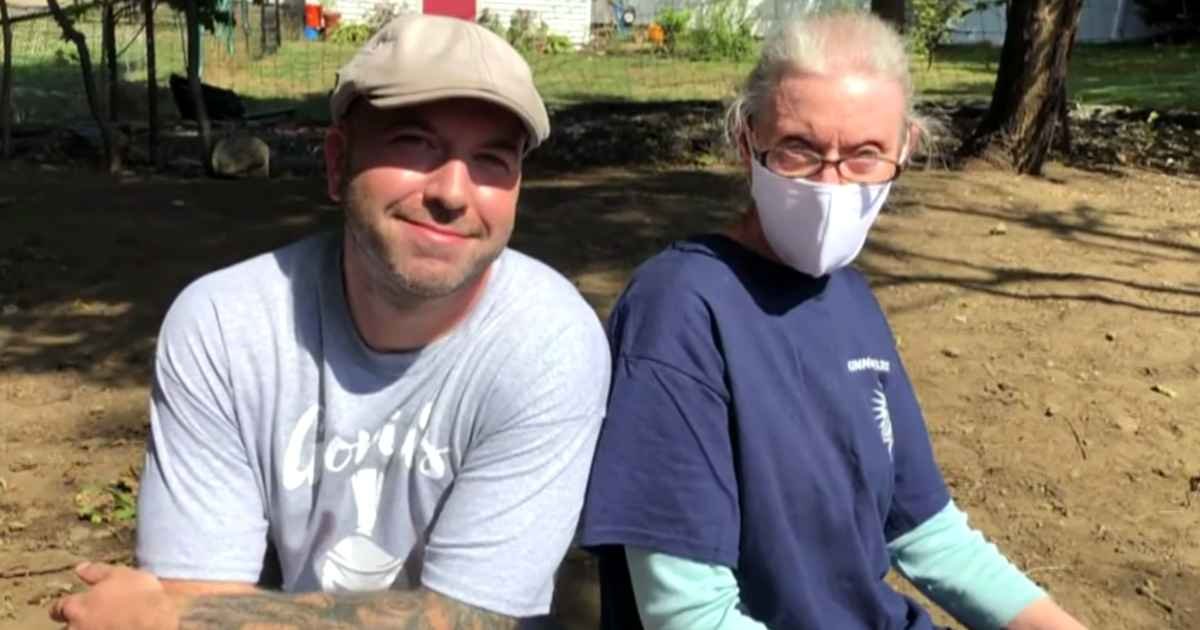Archaeologists have found traces of a garden under Jesus’ tomb at the Church of the Holy Sepulchre, matching the Gospel of John’s account.
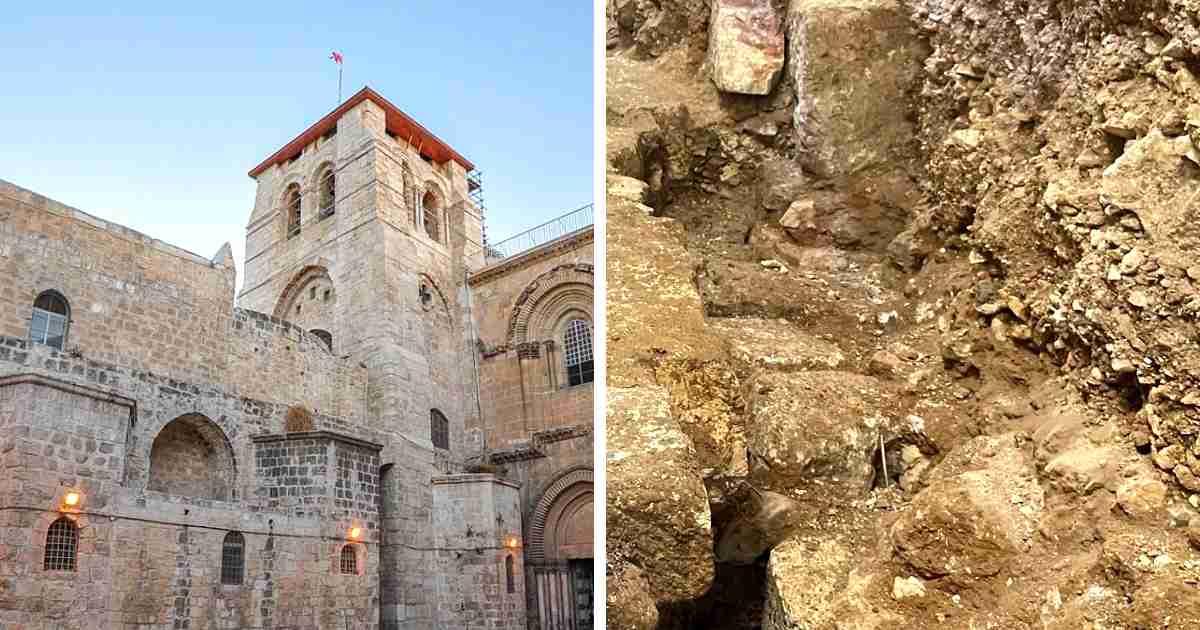
The Church of the Holy Sepulchre
The Church of the Holy Sepulchre is one of the most sacred places in Christianity. Many believe it is the place where Jesus was crucified and buried.
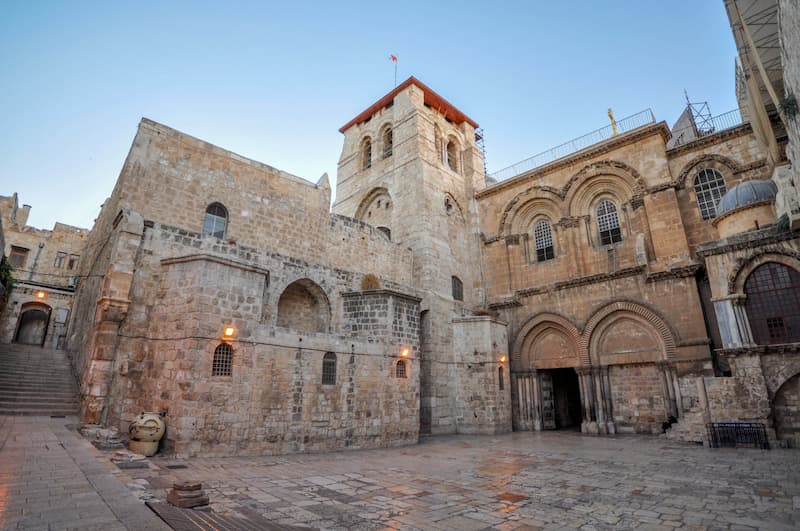
Located in Jerusalem’s Old City, the church has drawn pilgrims for centuries. In 2019, the three religious communities who manage the site, the Orthodox Patriarchate, the Custody of the Holy Land, and the Armenian Patriarchate, came to an agreement to renovate the building. This included replacing the church’s old floor, most of which dated back to the 19th century.
Renovation Leads to Remarkable Discovery
During these renovations, the groups also agreed to allow archaeologists to excavate beneath the floor. This marked the first major restoration project since the 1800s.
Professor Francesca Romana Stasolla from Sapienza University of Rome led the excavation, which began in 2022. The team’s findings were remarkable.
A Garden Matching the Gospel Description
They discovered signs of cultivated land, including grapevines and olive trees, dating back about 2,000 years. These discoveries connect directly to the words found in the Gospel of John.
John 19:41 (NKJV) reads, “Now in the place where He was crucified there was a garden, and in the garden a new tomb in which no one had yet been laid.”
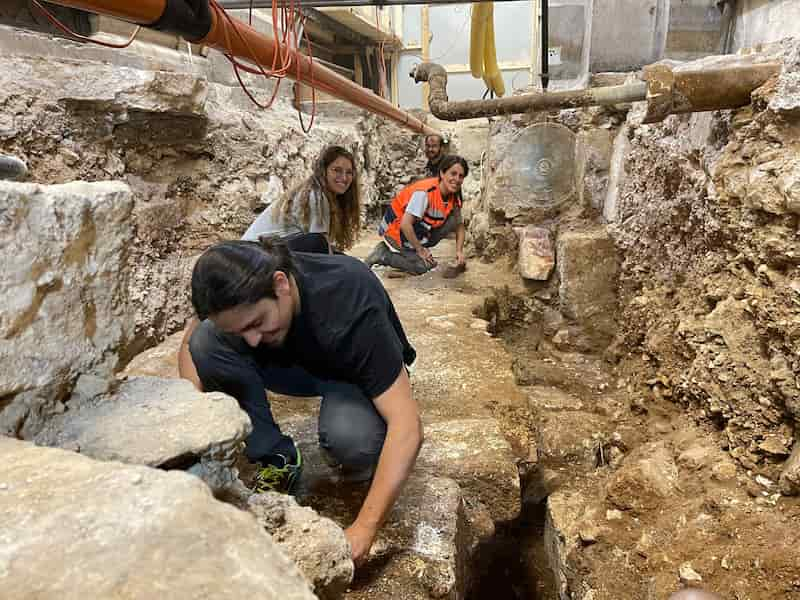
Through archaeobotanical analysis and pollen testing, the team confirmed the land was once used for agriculture. The findings suggest that this garden was indeed present at the time described in the Gospels.
“The archaeobotanical findings have been especially interesting for us, in light of what is mentioned in the Gospel of John, whose information is considered written or collected by someone familiar with Jerusalem at the time,” said Professor Stasolla.
“The Gospel mentions a green area between the Calvary and the tomb, and we identified these cultivated fields.”
Revealing Jerusalem’s History
Before the church was ever built, the area had a long and layered history. Archaeologists found that the land had once been a quarry. They uncovered everyday objects like pottery and oil lamps, along with soil layers dating to the Iron Age, which spanned from 1200 to 586 BCE.
Professor Stasolla explained, “The church stands on a quarry, which does not surprise us because a vast part of the Old City of Jerusalem stands on a quarry.”
As time went on, the quarry was no longer used, and the land became farmland. Low stone walls were built to create fields, and the spaces between were filled with dirt.
Later, before Jesus’ time, the land also became a burial site. Tombs were carved into the rock at different levels.
A Sacred Tomb Among Many Others
Professor Stasolla explained that as the quarry was gradually abandoned, more and more tombs were added. “The area, therefore, featured several burials from that period,” she said.
As believed by early Christians, one of those tombs belonged to Joseph of Arimathea. The Gospels say Joseph gave Jesus his own unused burial tomb after the crucifixion.
Constantine Builds The Church
Constantine, the first Roman emperor to convert to Christianity, built the first version of the Church of the Holy Sepulchre in the fourth century.
He chose the site because local Christians had long venerated it as the place of Jesus’ burial. He ordered an excavation and isolated one tomb from the others.
After Constantine built the church, it experienced destruction and rebuilding many times. The original structure was set on fire by the Persians in the 7th century.
It was later attacked by caliph al-Hakim in the year 1009. During the Crusader period in the 12th century, the church was rebuilt again, and much of that architecture remains today.
The Tomb at the Heart of the Church
The tomb itself sits beneath a small structure called an aedicule. An aedicule is a shrine or small chapel built to enclose a sacred space. The current aedicule was constructed in 1810.
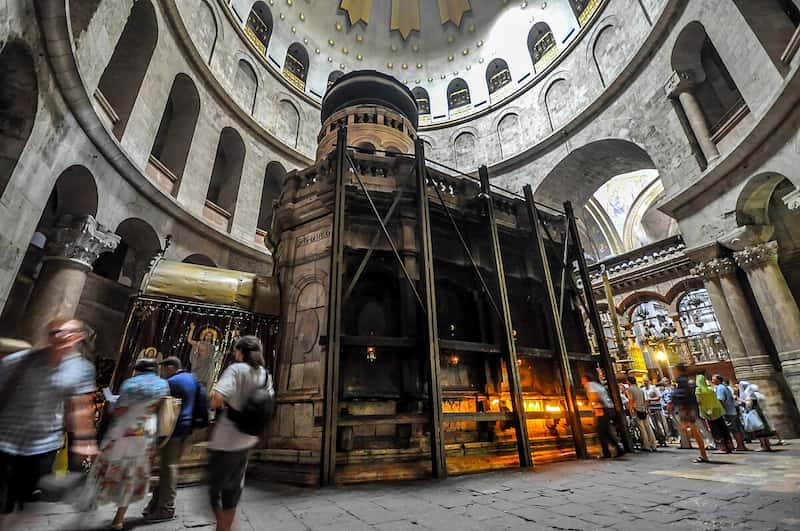
However, during the new excavations, Professor Stasolla and her team discovered a circular marble base underneath the present-day aedicule. This base is believed to be part of the first version of the shrine built by Constantine.
“It is interesting because the most ancient depictions of the aedicule, which date back to the 5th and 6th centuries, describe it as circular,” said Professor Stasolla.
The marble structure measures about six meters wide, or nearly 20 feet in diameter. Further testing is underway to learn more about the marble’s origins and the mortar used to build the original shrine.
The archaeological team is now conducting further geological studies and planning to resume excavations after Easter. They hope to finish the work within a few months.
Let us take this moment to thank God for the living Word that has stood for thousands of years and still reaches hearts today.
Whether we are near or far from Jerusalem, we can hold close the hope of the empty tomb and the garden where God’s greatest gift to us was revealed. Jesus is alive. He is risen.
Please SHARE this with your friends and family.

